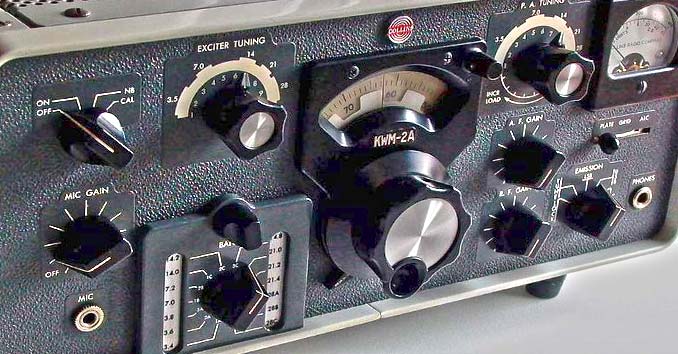
Emergency Communication is probably one of the least talked about aspects of preparedness, but in my opinion, it plays a vital role in ensuring your survival during any disaster and is something that you can’t afford to overlook.
Disaster after disaster has shown us how crucial communication can be during a time of crisis. From dispatching first responders into affected areas to coordinating with loved ones during times of crisis, our communications infrastructure is essential to our safety.
Unfortunately, while we have made great strides in communication technology, our infrastructure is incredibly vulnerable to even small-scale disasters and storms. Time after time we’ve seen our cell networks fail, our modern devices stop working and even our 911 systems overloaded during periods of crisis.
Are You Prepared to Reach Your Family During a Disaster?
Just like all areas of survival, the first step in emergency communication is preparedness. That means developing an Emergency Communications Plan, and then making sure everyone in your family knows what it is, and how to put it in place during a disaster.
- Make a list of who you will contact during a disaster. Everyone in your family, or your group, should have that same list.
- Your Emergency list should contain phone numbers, email addresses, and even social media networks.
- If possible, you should have a local contact and 1 – 2 contacts that are out-of-state. These people should be agreed upon before a disaster, so your family can use them as the point of contact during a time of crisis.
- Your Main Point of Contact can then coordinate either evacuation efforts, or efforts to reunite members of your family or group.
- Once disaster hits, and you have removed yourself from harm’s way, one of your first priorities should be making contact with your emergency contact list. All plans, follow-up contacts, schedules and status updates should then be relayed to your entire emergency contact list. This means reaching your point of contact first, and if possible shooting out a mass email & text message to your list and updating your social network status.
Emergency Communication Gear & Options
During a disaster, it’s very likely that most communication channels will go down. Hopefully it’s only temporary, but either way, you need to plan for the worst case scenario and have multiple options available.
CELL PHONES
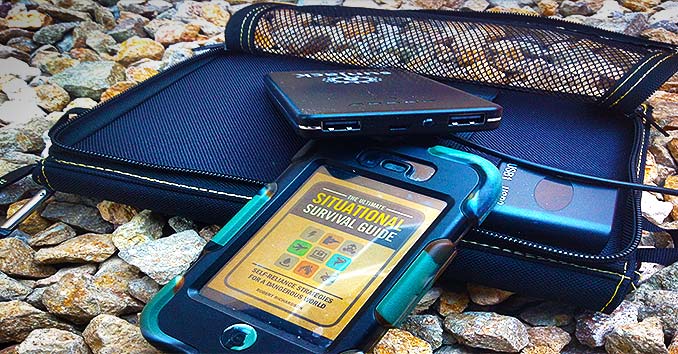
We will start with cell phones because almost everyone has one. While cell networks are often overwhelmed during a disaster, they’re going to be your first line of communication. Even when things are bad, they still might help you make contact.
Even when things are bad, don’t panic; they still might help you make contact. If your initial attempts to make a call fails, try texting or using your phone’s data plan to make contact.
As we’ve seen during many past disasters, texting and even social media apps can sometimes work, even when voice calls stop going through. A text message takes a lot less bandwidth, so during a disaster, this might be your best bet for making contact.
SOCIAL NETWORKS
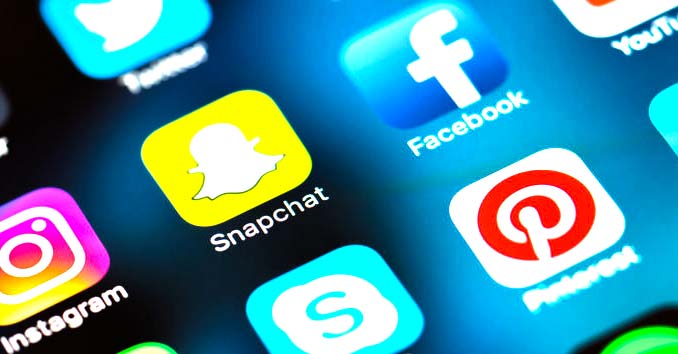
While you’ll still need some way to access them, social networks can be a great way to communicate during a disaster. If you can make your way to an emergency crisis center, or access them on your cell phone, you may be able to post a status update to your social networks.
While I wouldn’t rely on this as my primary means of communication, it can be an excellent way to let friends and family know you’re ok, or let them know what you’re planning to do next.
SATELLITE PHONES
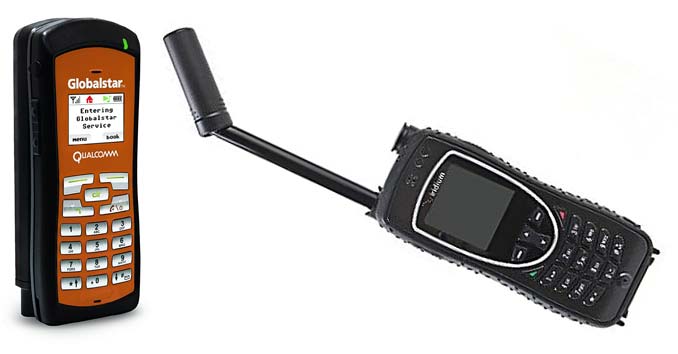
While on the expensive side, during a natural disaster or crisis, these types of phones can save your life.
Satellite phones offer a couple of advantages during a disaster. First, they don’t rely on local cell networks, so they’re less likely to be affected by an increase in call volume. Second, even if the entire local cell network goes down, your satellite phone is still going to be operational.

Recently I’ve been testing the SPOT Global Sat Phone, and I’ve been really impressed with its ability to call from even the remotest areas of the backcountry. In areas where my cell phone had zero reception, my SPOT phone worked and was able to call anywhere in the world.
CB RADIO

I know, you’re probably picturing big rig trucks or bad movies from the 1980’s; but the fact is, the C.B. Radio can be an important part of your emergency communications arsenal. I recommend having one in your vehicle, having a handheld one in your bugout bag, and having a base station at home.
During a localized disaster, you should be able to make contact within a 20 – 30-mile radius. This makes the CB Radio a great way to coordinate with friends and family during localized disasters.
FRS/GMRS Two-Way Radios
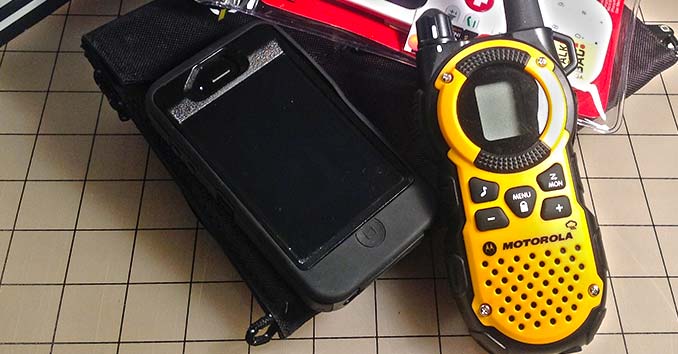
The Family Radio Service (FRS) and The General Mobile Radio Service (GMRS) are both designed for short-distance two-way communication. They’re generally used with small walkie-talkie devices and have a range of somewhere between 5 to 35 miles (line of sight) and about 1 mile in an urban setting.

I use the Motorola MS350R Talkabout and recommend them for caravanning or when hiking in groups.
HAM RADIO
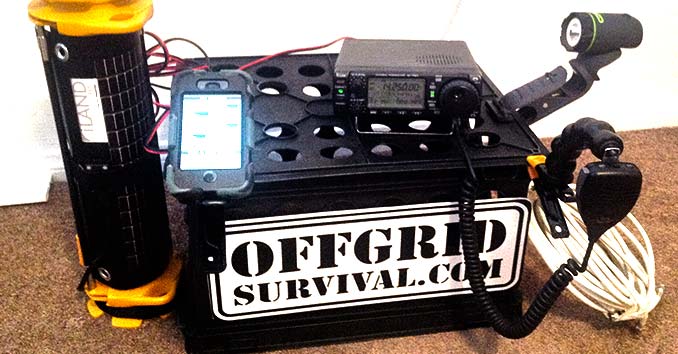
Having and knowing how to use a Ham Radio is probably one of the most important things you can do to ensure your ability to communicate during a disaster. For over a hundred years, the Ham Radio has played a vital role in almost every major disaster this country has faced.
When the grid goes down, the cell networks stop working, and every other line of communication fails, there’s a pretty good chance the Ham Bands will be alive and operating. Just remember to have a set list of frequencies where you and your group will try to make contact.




I love the suggestion to make a list of who you can contact in an emergency. This could be key to regrouping when a disaster hits. This can be difficult to be in contact with each member of your group. Make sure that each party has a leader to man the radio and be prepared to check in with the captain of the group. It can be difficult to decide a leader in a stressful situation so make sure those decisions have been made prior to the conflict. The radios will help the party to gather and split up to maintain supplies or search for other supplies. I really appreciate the tips for the radio contact. I hope to apply them to my family’s disaster plan.
You mentioned satellite phones and mid-range two-way radios. Are satellite two-way radios any different? Being able to use a network of satellites means that you will have coverage even in remote areas. Having hand-held communication devices with this type of coverage would be great if you become separated from your group. I’m thinking about getting a pair of these for my next camping trip. It is pretty easy to get lost when exploring the woods.
My family and I are getting more into camping and wondered if satellite phones were worth the trouble. I didn’t know satellite phones worked without a local cell network, which is convenient for both camping and a possible disaster. Even if I end up renting a few phones, I think the money is worth it if something were to happen.